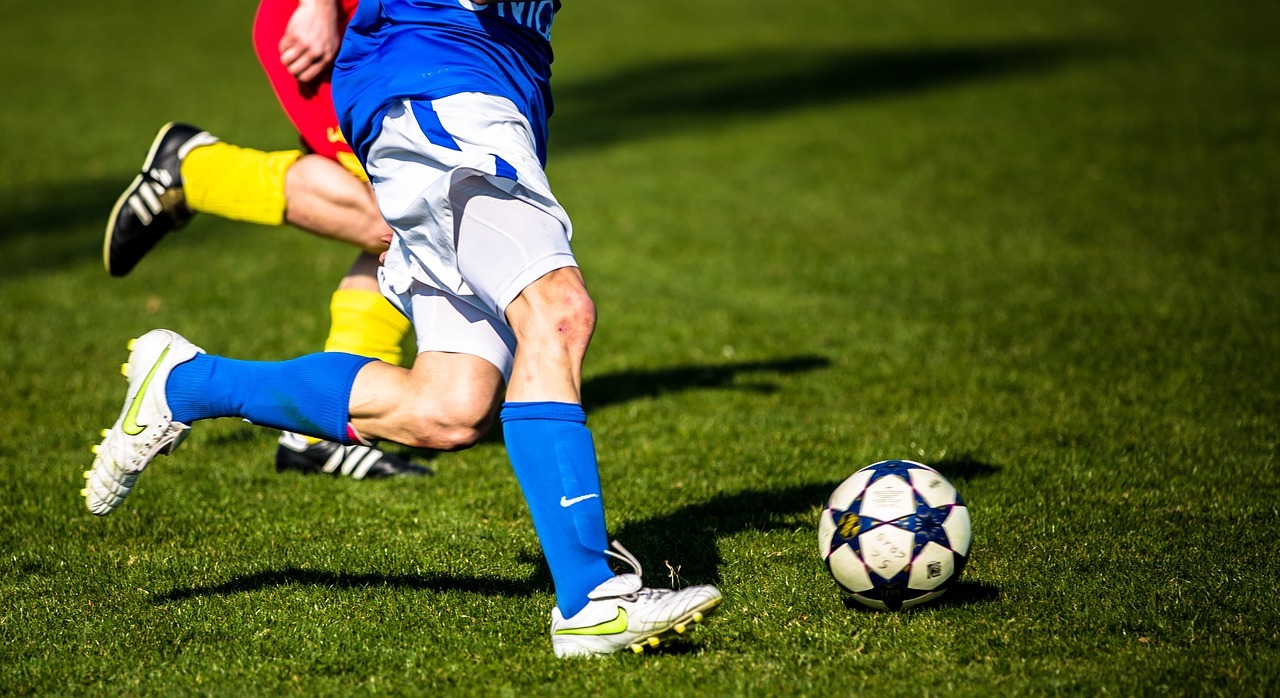Since the advent of sports science, coaches of every kind have wanted to find out what they could do for their athletes to help improve their performance. For a long time, this primarily consisted of a good diet, lighter and resistant equipment, and monitoring aspects such as heart rate and blood oxygen levels.
Thanks to wearable sensors and technology, the coaching process has taken on a new and exciting twist. Let’s dive deeper into how athletes are coached based on the data supplied by some of the most sophisticated sports technology on the market.
Body Sensors
Body sensors have a variety of purposes in sport, not least to help coaches refine techniques. Technology can show what muscles and ligaments are engaged and what technique is getting the best results. Furthermore, sensors’ technology can provide information about the temperature, heart rate, motion, acceleration, posture, etc., of the athlete’s body.
Body sensors’ information helps athletes improve their performance, as it becomes possible to find the most energy-efficient way to move and style to adopt. This is already being taken to the nth degree as even eye tracking is utilized to see if players can spot the right play in a given situation.
For example, football players must know where their teammates are. This becomes especially true for set pieces, both attacking and defending. These sensors that provide data such as pass accuracy, distance covered shots on targets, and so on can help coaches build the strategies.
Core Body Temperature Sensors compatible with Heart Rate Sensors
Moreover, it is known that training in a competitive sport or doing intense labor-driven work outside in the heat is difficult, the hotter the body is, the harder that becomes. That is why wearable core body temperature sensors are increasingly deployed to monitor an athlete’s performance.
For a long time, this has been unreachable for athletes and coaches. Now with core body sensors, athletes can utilize up to one billion data points to provide a stream of information about an athlete’s core body temperature and define in advance strategies.
The better suppliers of the technology have managed to make this compatible with heart rate information, so coaches can fully assess the impact of how an athlete performs in certain weather conditions. For example, big international footballing tournaments often occur in climates outside a player’s comfort zone, with a core body sensor technology, coaches can have a better choice of which player is out of the pitch or field to play.
Virtual and Augmented Reality
Increasingly, sports teams are using virtual and augmented reality to try different tactics and plays and help players acclimate to significant events. Providing the technology is deployed correctly, athletes can get a feeling of what it is like to be in the final.
This can help to settle nerves and, more importantly, get players into the right headspace to give their best performance. From a footballing perspective, virtual and augmented can show where players can be on the pitch relative to the ball. This is important in any team event, as players that drift out of position tend to be a liability and give advantages to the opposing team. With technique refinement and a better understanding of positional play, each player should see improvements to their game.
Analysis and AI
Analyzing every game is not new in the sport. Players and coaches often discuss what went right and wrong, which is a vital learning process. Now, with so much data coming through, this can be taken to the nth degree.
How this works is that rather than just watching the video of the previous match, thanks to some of the technology we’ve already talked about, the player can be presented with an opportunity identical to the previous game. If they know what didn’t work, they can work through various options in the same scenario, where a good AI will provide realistic statistics, such as counterplay from the opposing team.
This enables players and coaches to explore and refine their game. The idea is that it fast-tracks the experience. It does, at least in theory, help players cope with the pressure as they’ll have a better idea of what to do on the pitch, making them more confident and taking the edge off performance nerves.
Final Thoughts
Sports technology seems to be developing at lightning speed. The players and athletes of today already have key advantages over players ten years ago, and this will continue growing, which is exciting.

